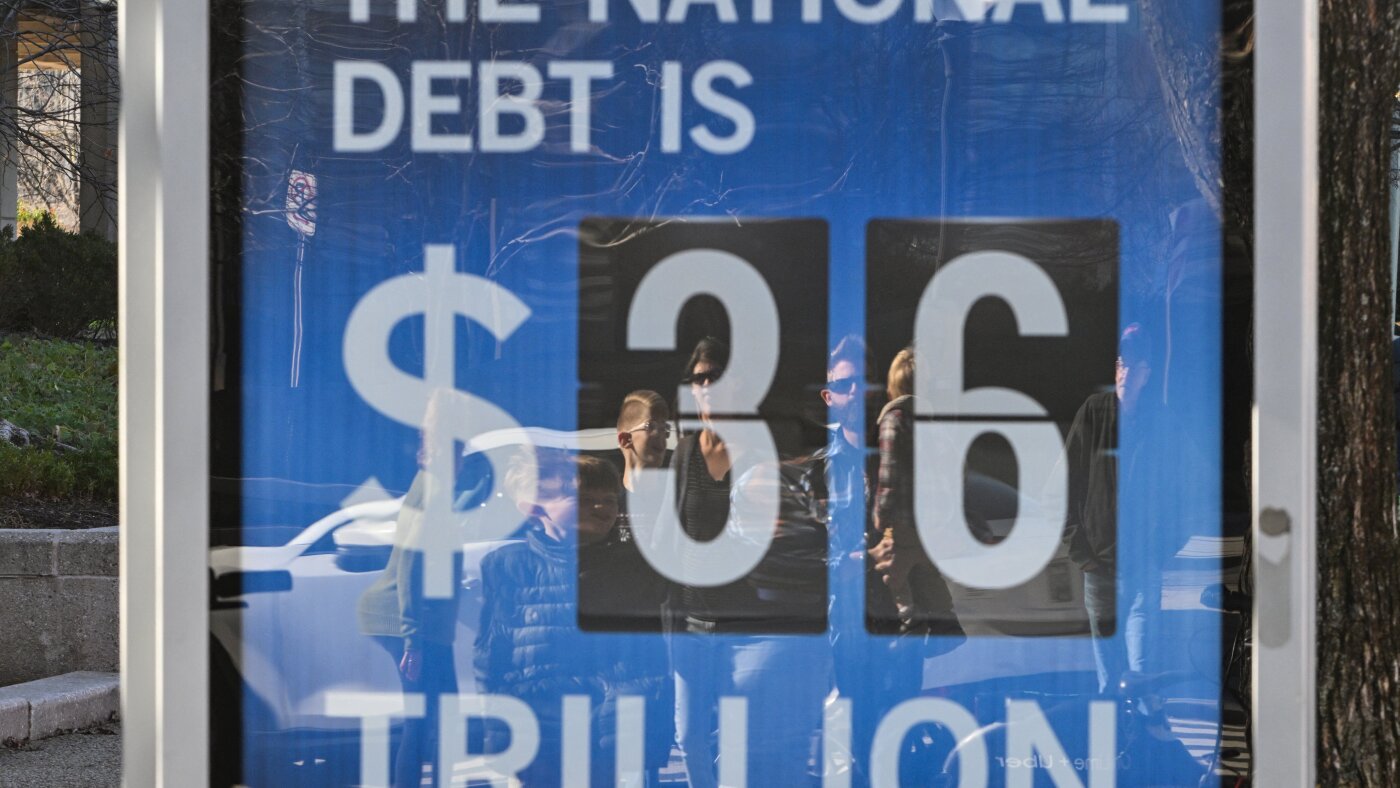The Impact of AI on Economic Policies: A Modern Trade-Off
Artificial Intelligence (AI) is reshaping economies and policy decisions much like tariffs did during the Trump administration, but with distinctly different mechanisms and consequences. Exploring AI’s influence through the lens of fiscal effects, growth trajectories, inflation dynamics, and broader economic structures provides insight into how emerging technologies might echo or diverge from historical policy lessons.
AI and Government Revenue: New Frontiers or Fiscal Challenges?
Unlike tariffs, which directly generate government revenue through import taxes, AI’s fiscal impact is more nuanced. AI-driven productivity gains have the potential to expand economic output, thus broadening the tax base indirectly through increased corporate profits, higher wages in high-skill sectors, and greater consumption. However, automation and AI could also disrupt labor markets, potentially reducing taxable income among displaced workers and widening inequality.
The fiscal influence of AI depends heavily on how governments structure taxation in the future—whether they can capture new value created by AI or face revenue shortfalls from changing employment patterns. Costs related to social safety nets might rise, requiring policy innovation to maintain fiscal stability.
Economic Growth and Inflation: Productivity Gains Meet Transition Costs
AI promises to enhance productivity, potentially accelerating economic growth beyond historical norms. Exposure to AI-driven efficiencies could lift GDP growth, counteracting some drag mechanisms observed under tariff regimes. However, the transition phase could introduce frictions. Industries adjusting to automation may see temporary slowdowns, misaligned labor skills could inhibit speedy growth, and investment patterns may shift unpredictably.
Inflationary effects linked to AI are complex. On one hand, AI can reduce costs through automation and optimization, potentially lowering prices. On the other, increased demand for high-tech goods and skilled labor might create wage pressures and price adjustments in certain sectors. The net effect on consumer prices will depend on the balance between these forces.
Uncertainty and the Need for Adaptive Policies
Similar to the tariff context, AI’s economic trajectory carries significant uncertainty. The pace of technological adoption, regulatory developments, global competition, and societal acceptance will all shape outcomes. Policymakers face the challenge of managing economic transitions while promoting inclusive growth.
Adaptive frameworks that encourage reskilling, incentivize AI investments, and protect vulnerable groups can reduce volatility and spread benefits more evenly. Unlike tariffs, AI does not deliver immediate fiscal boosts but rather a longer-term transformation that requires forward-looking strategies.
Broader Structural Impacts: Shaping Industry and Labor Markets
AI fundamentally alters production processes, supply chains, and competitive dynamics. Sectors ranging from manufacturing to services are being redefined, requiring new business models and labor capabilities. Whereas tariffs create clear cost increases on imports, AI’s impacts are more diffuse, influencing wages, job availability, and innovation pathways.
This technological shift offers opportunities for increased competitiveness but also risks magnifying divides if benefits are unevenly distributed. Policies focusing on education, infrastructure, and research are critical to harness AI’s potential without exacerbating inequalities.
Conclusion: Balancing Innovation with Inclusive Economic Health
The AI revolution presents a different economic puzzle compared to tariff policies—offering substantial growth and productivity benefits alongside challenges tied to labor displacement and fiscal adaptations. Unlike tariff-induced deficit reductions, AI lacks straightforward revenue mechanisms but holds promise for broad-based economic expansion if managed thoughtfully.
Navigating AI’s transformative effects demands a strategic approach that balances innovation with social equity and fiscal sustainability. This requires vigilance and flexibility from policymakers to ensure that technological progress drives not only economic gains but also shared prosperity.

